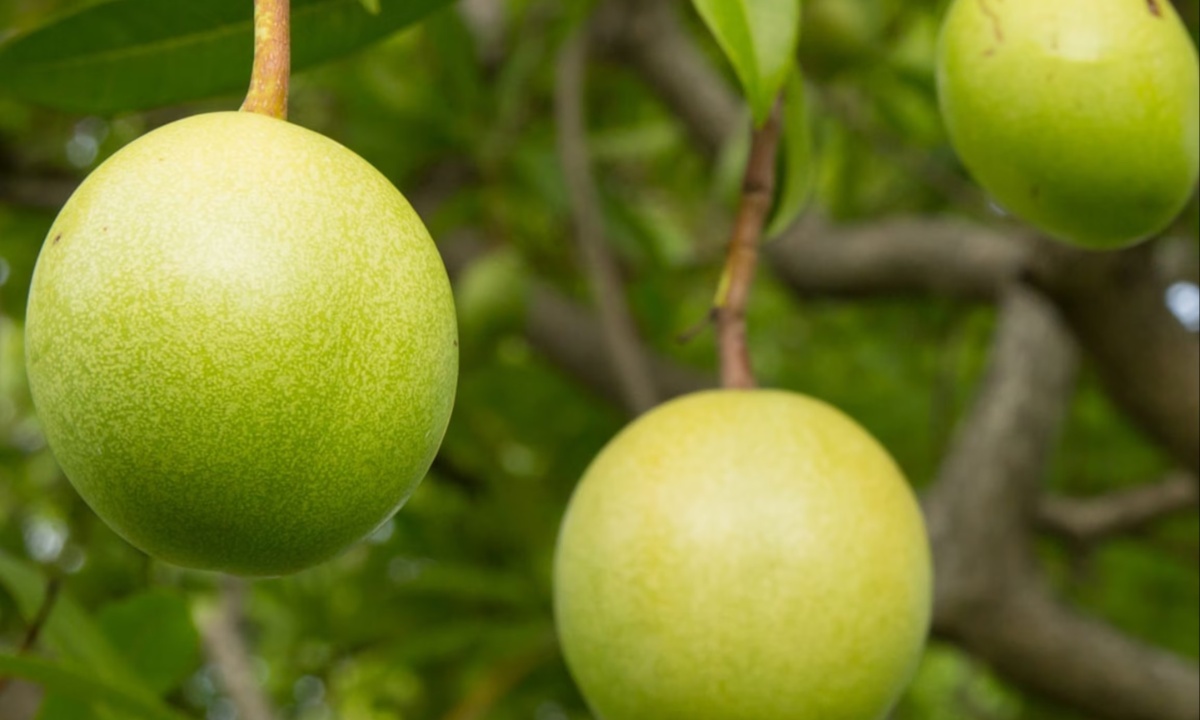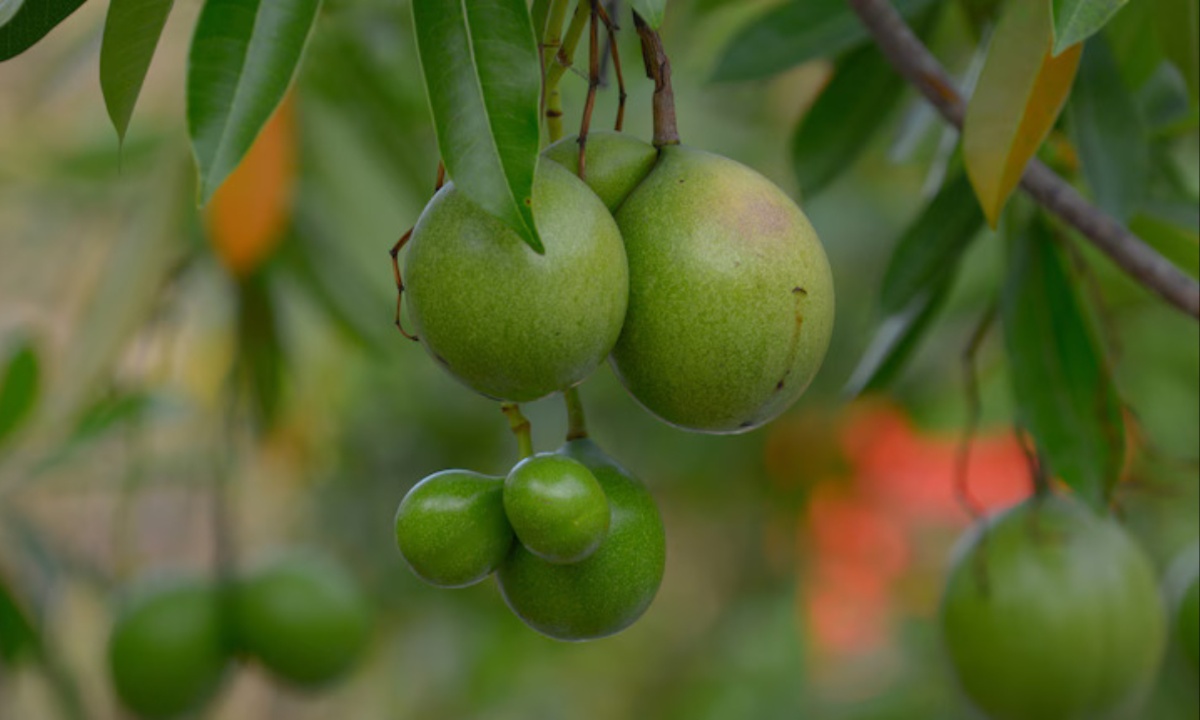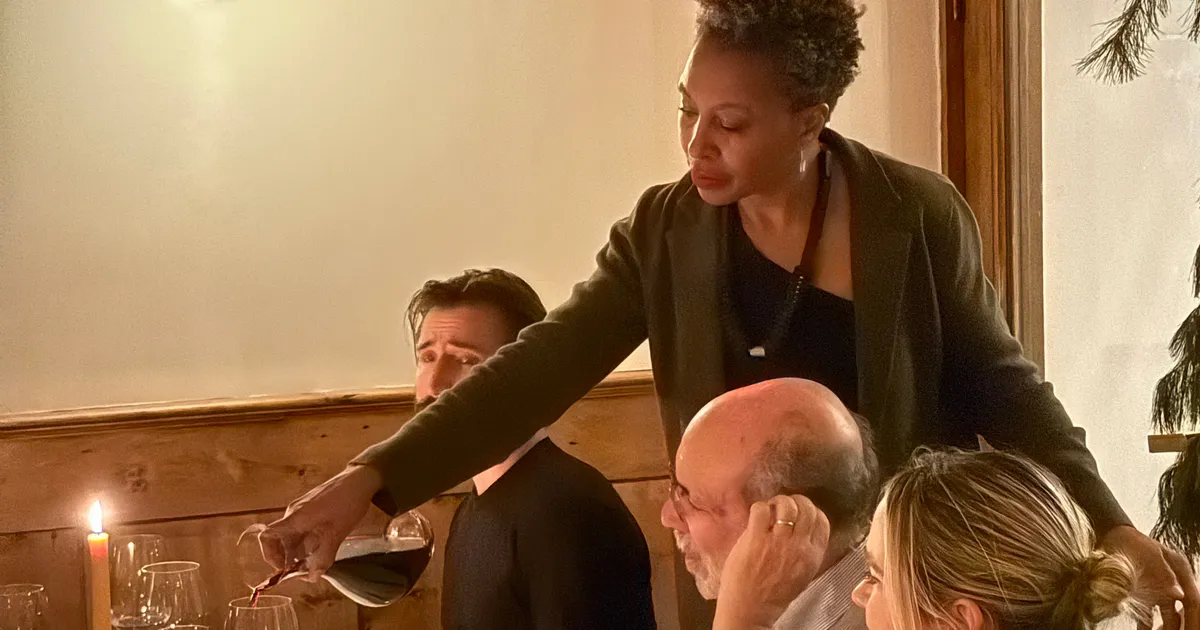In HBO’s The White Lotus, the theme of forbidden fruit runs through every season, with season three—set in Thailand—taking the metaphor literally. A hotel worker warns a guest against eating the fruit of the pong pong tree, known for its lethal toxicity. Fans speculate whether this narrative element foreshadows a tragic turn in the finale, especially given the storyline around Timothy Ratliff’s mental health struggles.
Far from fictional, the pong pong tree—Cerbera odollam, also nicknamed the “suicide tree”—is a very real and deadly plant. Native to Southeast Asia and nearby regions, it contains a potent toxin called cerberin, especially concentrated in its seeds. Just a small amount can be fatal, though some individuals survive based on personal health and treatment timing.
From Natural Defense to Lethal Weapon: How Humans Harnessed the Pong Pong Tree’s Poison
Cerberin gives the fruit a highly bitter taste, acting as the tree’s evolved defense mechanism to prevent animals from consuming its seeds. However, humans have historically defied this deterrent, using the tree’s poison in medicine, suicides, murders, and even witch trials. Grinding the seeds into powder made the toxin easier to ingest and weaponize.

Cerberin is a cardiac glycoside, which means it disrupts the heart’s rhythm by interfering with the sodium-potassium pump. Symptoms like nausea and vomiting occur quickly, followed by dangerously slow heart rates and potential cardiac failure. The poison’s rapid effect can cause death within an hour if untreated, making it exceptionally dangerous.
Historic Poison, Modern Threat: How Pong Pong Tree Continues to Claim Lives Globally
The pong pong tree has long been implicated in death, particularly in regions like Kerala, India, where it caused a significant portion of poisoning cases in the 1990s. It was also used in Madagascar’s 19th-century witch trials. Despite its historic roots, modern cases—including deaths in the U.S.—show that global access to the seeds, sometimes sold online, continues to pose a serious risk.
There is no universal antidote to cerberin poisoning. Treatments focus on supportive care, like administering atropine and managing heart function. Survival depends on prompt medical intervention. As The White Lotus brings the pong pong tree into pop culture awareness, its real-world danger serves as a grim reminder that some beautiful things are best admired from a distance.


